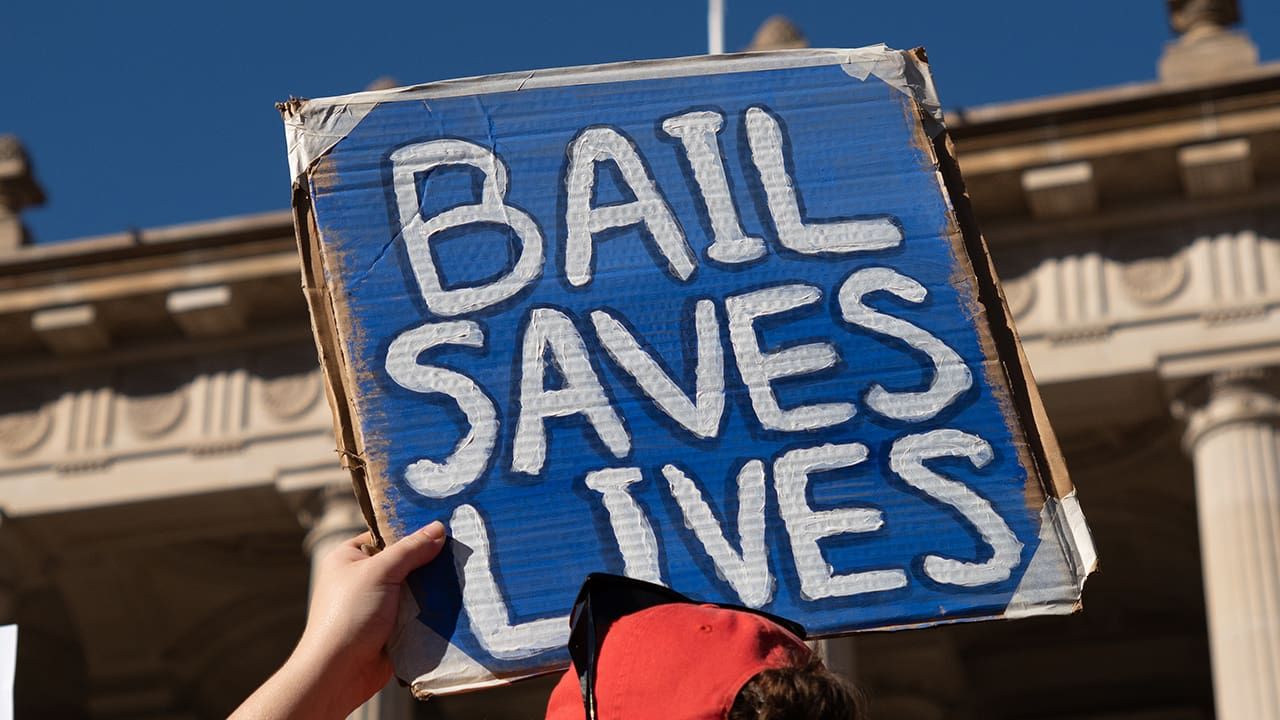Introduction to the Biodiversity Offset Scheme for Developers
Kells Lawyers • February 8, 2018
The Biodiversity Conservation Act 2016 (BC Act) and accompanying regulations creating the Biodiversity Offset Scheme represent a substantial overhaul of conservation laws in NSW and matters relating to the listing of threatened species, biodiversity impact assessment, offsetting and related offences.
This article relates specifically to the new BOS and more particularly, the options available to developers purchasing and retiring biodiversity credits (Credits).
Depending on your site, you will often have 4 choices to offset environmental impacts:
1. find and buy suitable biodiversity credits;
2. pay an amount directly into the Fund;
3. undertake other biodiversity actions that qualify as biodiversity conservation measures; or
4. any combination of the above.
How does the new Biodiversity Offset Scheme work?
The new BOS replaces the current biobanking scheme. The BOS provides a new process for the assessment and offsetting of impacts on biodiversity values in connection with proposed development.
One of the main aims of the BOS is to establish an open market between people impacting biodiversity values (usually developers) and people protecting biodiversity values in areas nearby (usually landowners).
The concept is simple. You impact biodiversity here, you offset that impact somewhere nearby. The practice of doing that though becomes complex.
Does the Biodiversity Offset Scheme apply to your development?
The following developments are subject to the BOS and applications for development consent must include a Biodiversity Development Assessment Report (BDAR):
- development needing consent under Part 4 of the EP&A Act (excluding complying development);
- activities under Part 5 of the EP&A Act;
- State significant development and State significant infrastructure.
If your proposed development impacts biodiversity above a certain threshold (BOS Threshold), you will need to engage an accredited assessor to prepare a BDAR.
The BOS Threshold takes into account the impact of:
- clearing of native vegetation and the loss of habitat;
- development on the following habitat of threatened species or ecological communities:
- karst, caves, crevices, cliffs and other geological
- features of significance;
- rocks;
- human made structures;
- non-native vegetation,
- development on the connectivity of different areas of habitat of threatened species;
- development on the movement of threatened species that maintains their lifecycle;
- development on water quality, water bodies and hydrological processes that sustain threatened species and threatened ecological communities, and
- wind turbine strikes or vehicle strikes on protected animals.
Further, if your proposed development is “likely to significantly affect threatened species”, you will need to submit a BDAR. Whether development is “likely to significantly affect threatened species” is determined by:
1. the test in section 7.3 of the BC Act (this test largely reflects the current 7-part test in s.5A of the EP & A Act); and
2. whether the development is in a declared area of “outstanding biodiversity value”.
The BDAR will determine the impact of your proposed development on biodiversity values and the biodiversity conservation measures (including the retirement of Credits) needed to avoid or minimize that impact. This is a key document in the process and will govern the actions you need to take to proceed with your development. Engaging a professional and experienced accredited assessor to prepare the BDAR at this stage is critical.
A consent authority must consider the BDAR when determining whether to grant development consent for the proposed development and if consent is granted, the consent authority must impose a requirement to retire Credits by conditions of consent.
Highway to the danger zone
Not just a great song from Top Gun, but a tune that should be playing when you encounter “serious and irreversible impacts on biodiversity values”. The determination of “serious and irreversible impacts on biodiversity values” varies but generally means an impact that is likely to contribute significantly to the risk of a threatened species or ecological community becoming extinct. For example, reducing the population size of a species that has a very small population size or impacting the habitat of a species that only occurs within a very limited geographic distribution.
This determination in your BDAR can relate to only some areas or sometimes the whole area of the proposed development meaning those areas cannot be cleared or impacted, regardless of any proposed offsets or biodiversity conservation measures. If your development will have serious and irreversible impacts on biodiversity values the consent authority cannot and will not consent to your development in its current form.
Offsetting the impact of your development
Depending on the requirements contained in the BDAR and determined by the consent authority, the measures to offset your development impact are any one or a combination of the following:
1. retirement of the required number and class of like-for-like Credits (“like for like” means the same threatened ecological community or class of vegetation located in the same sub region as the impacted site or within 100kms of the site);
2. payment of the value of the Credits (determined by the Biodiversity Conservation Trust (Trust) calculated using the offsets payment calculator (Calculator)) directly into the Biodiversity Conservation Fund (Fund) to satisfy the requirement to retire Credits;
3. the retirement of the required Credits in accordance with the variation rules; and
4. the funding of a biodiversity conservation action that would benefit the relevant threatened species or ecological community and that is equivalent to the cost of acquiring the required like-for-like Credits.
The BDAR and DA conditions will set out the biodiversity conservation measures required to offset the impact of your development. Where biodiversity conservation measures are required, developers can propose a combination of the 4 options above for approval though these options are constrained and will involve further delay.
For example, before seeking approval from the consent authority or Native Vegetation Panel, applicants must seek written agreement from OEH to the proposed action being delivered through the NSW Government Saving our Species program. To use a biodiversity conservation action, it must be imposed as a condition of consent or approval. The cost of using a “biodiversity conservation action” to meet an offset obligation must also be financially equivalent to the cost of acquiring the required Credits.
An example of a biodiversity conservation action:
Five-clawed worm-skink
Anomalopus mackayi
1. Identify key threats to the species’ viability at critical sites and associated relevant management actions.
2. Research the species’ movement patterns, habitat use and response to management.
The Regulations state that the ancillary rules may set out reasonable steps an applicant must first take before the variation rules can be applied such as:
1. checking the public register of biodiversity credits; and
2. lodging an entry in the public register of persons seeking biodiversity credits for a minimum specified period; and
3. contacting landholders who are entered on the public register of biodiversity stewardship site expressions of interest.
Review of the ancillary rules show that they do not yet include these requirements though we expect this oversight will soon be remedied.
Buy credits from a credit holder privately or pay into the Fund?
Landowners generate Credits on biodiversity stewardship sites. They do this through setting aside and managing tracts of their land in return for classes of Credits which can be publicly traded through the OEH register. Credit holders (usually landowners) seek to sell the Credits to developers at a price negotiated privately between the parties.
In practice, paying an amount into the Fund will often be the most convenient (and often only) choice for a developer. The amount per Credit you must pay into the Fund is determined by the Trust according to the formula provided in the Calculator. Unless you particularly enjoy mind-bending Sudoku and have a PhD in ecology, its best to get the accredited assessor you engage for the BDAR to calculate this amount.
An example from the Calculator:
| PCT Common Name | Baseline Price per Credit | Risk Premium | Administrative Cost | Price per Credit |
|---|---|---|---|---|
| 999 – Norton’s Box – Broad leaved peppermint… | $1373 | 21% | $20 | $1681 |
The Calculator uses a ‘base price’ for each type of Credit needed multiplied by a risk factor and a Trust administration fee. The base price fluctuates and reflects the number of trades recently conducted and the price paid per Credit under those trades. The risk factor represents a risk loading the Trust applies in the Calculator to cover the Trust’s risk in undertaking biodiversity conservation measures later with the money you pay into the Fund now. Usually the price per Credit charged by credit holders would be less than the cost to pay directly into the Fund as credit holders would not charge the risk factor or administration fee and both parties can negotiate a better deal.
In areas where many “trades” have already been made, the data used by the Trust in the Calculator is robust and Credits are publicly available for developers to purchase. In most areas outside of metropolitan Sydney, the Hunter Valley and the Illawarra region this is not the case and the Trust will be indirectly setting the market price through the Calculator base price for some time to come.
Buying credits – that’s the end of the story?
In most cases, the Credit will be transferred by the Credit holder to the developer on settlement of the purchase. The purchaser of a Credit must apply in writing to the OEH to retire the Credit.
Buyer beware – the OEH can refuse an application to retire a Credit for a number of reasons. Most importantly if the OEH becomes aware that any payment required to be made to the Biodiversity Stewardship Payments Fund by the landowner in relation to the Credit has not been made (the Payments Fund is different to the Conservation Fund – landowners generating Credits are required to pay a dedicated amount of the money they receive from sale of the Credits to the Payments Fund). It is important for developers to ensure that appropriate checks are made and the purchase of Credits is undertaken by a professional adviser with experience in this area.
This area of law is new and rapidly evolving. Complying with your biodiversity conservation measures and purchasing Credits must be carefully managed.

Kells has been delivering outstanding services and legal expertise to commercial and personal clients in Sydney and the Illawarra region for more than five decades. Our lawyers are savvy and understand your needs.
Subscribe
Want to get the latest articles and news delivered to your inbox?




